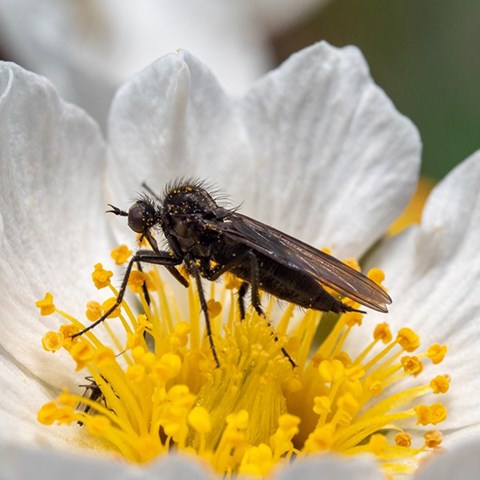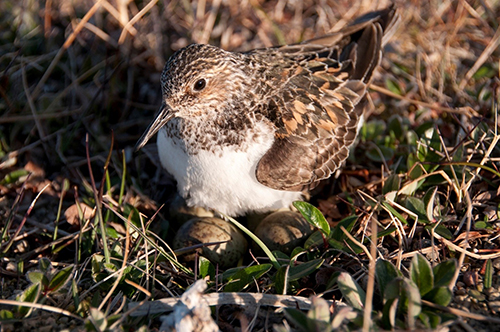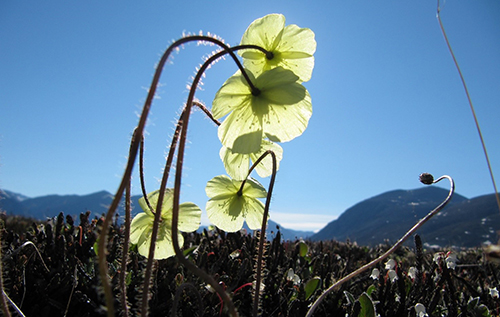Contact
Tomas Roslin, Professor Insect Ecology
Department of Ecology, SLU
tomas.roslin@slu.se 018-672383

In 2007 researchers at Zackenberg in high-arctic Greenland reported some of the fastest rates of spring advancement ever observed on the globe. After some 15 years, these researchers now revisit the extended records. They find that the original, extreme rates of phenological change have been replaced by large year-to-year variation in the timing of events. Thus, springs are no longer getting consistently earlier, but one spring may be drastically different from the previous one.
Arctic organisms are well-adapted to life under the extreme climatic conditions found in the region, and the phenology (i.e. timing) of most species track the local climatic conditions closely. Unfortunately, long-term observation of high-arctic ecosystems are rare. In a report published 2007, researchers recording the timing of spring-time events over a full decade reported extremely rapid rates of phenological advancement in plants, arthropods and birds. In brief, spring was getting vry much earlier for most species in the region. Given the rarity of such data from the high-Arctic, the paper affected the global perception of arctic change.
Today, with 15 more years of data available, researchers have revisited the very same – but now extended – time series. And in contrast to earlier rapid advancements, the researchers found that previously-consistent trends towards earlier timing had turned into erratic variation. The authors attributed this pattern to a shift in climatic conditions from directional change to a new climatic regime, where conditions vary wildly from one year to the next.
“The lack of directional change in spring phenology across all these distinct taxonomic groups does not mean that the system is stable”, says Niels Martin Schmidt (Aarhus University, Denmark), lead author of the study. “On the contrary, we see such marked contrasts in climatic conditions from one year to the next that no phenological trends are evident. However, we do also see that some organisms may be close to their phenological limits and thus can’t keep up with the large fluctuations in in particular temperature. Our study shows that climate change is more than “just” continued warming – in many ecosystems, such as the high-arctic, it’s the climatic variability that determines the dynamics of community over time, and ultimately how this high-arctic thrives”.
When species meet their phenological limits, they may become decoupled from the climatic drivers, and this may in turn impact interactions between species.
“The delicate interplay between flowering plants and the pollinators very much depends on the timing”, says Tomas Roslin (Swedish University of Agricultural Sciences, Sweden), senior author of the study. “At Zackenberg, the timing of phenological events is driven by climatic conditions. However, if the timing of different species is not responding in the same way to climatic shifts, then they may get mismatched in time. This will be detrimental to e.g. plant pollination, which is a key function in any ecosystem”.
“What the study also brings out is the unparalleled value of long-term observations of the Arctic. Only by keeping an eye on full arctic ecosystems can we understand the havoc brought by the changing climate”, says professor Schmidt, the current Head of Ecosystem Monitoring at Zackenberg.

The timing of nest initiation of migratory birds breeding in the Zackenberg valley
in Northeast Greenland is characterized by large inter-annual variability caused
by the local snow conditions in spring. Photo by Jeroen Reneerkens.

The onset of flowering varies dramatically from year to year in the high-arctic -- but overall, flowering is not only getting earlier. Photo by Niels Martin Schmidt.
Tomas Roslin, Professor Insect Ecology
Department of Ecology, SLU
tomas.roslin@slu.se 018-672383